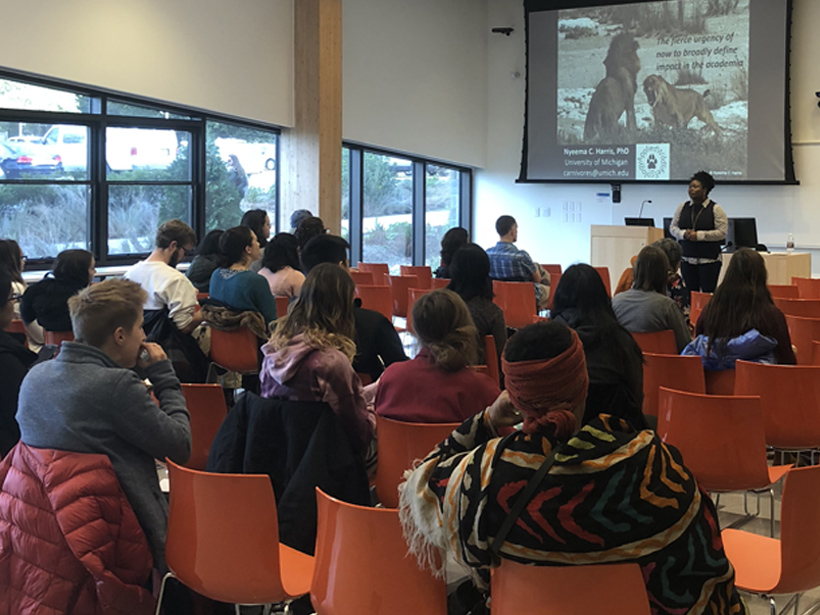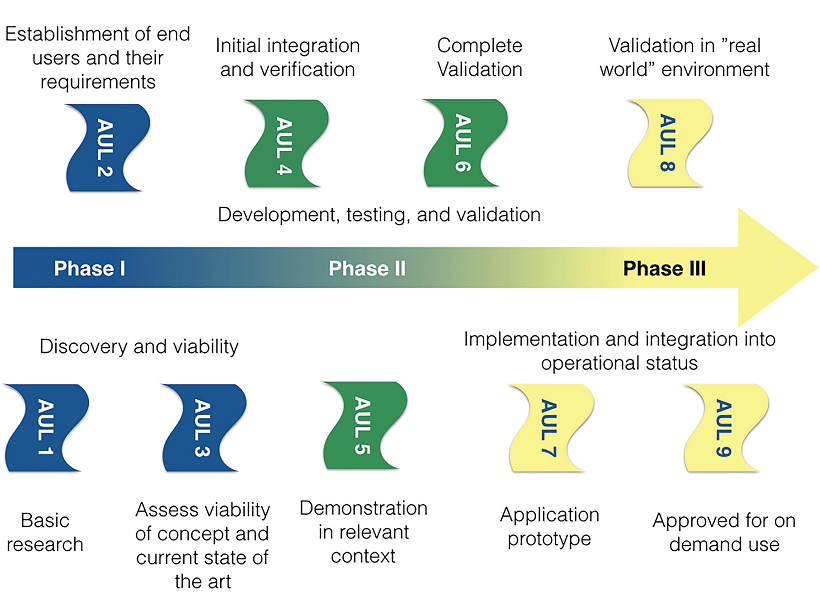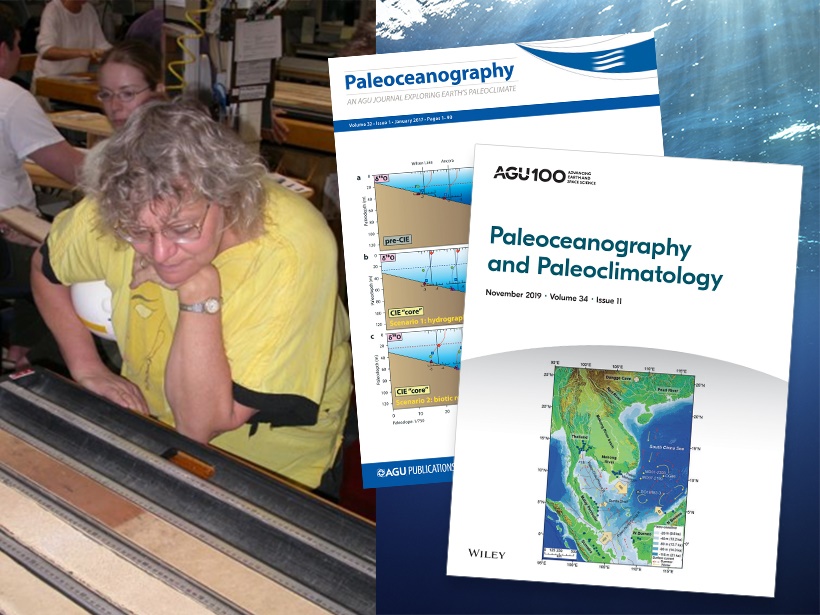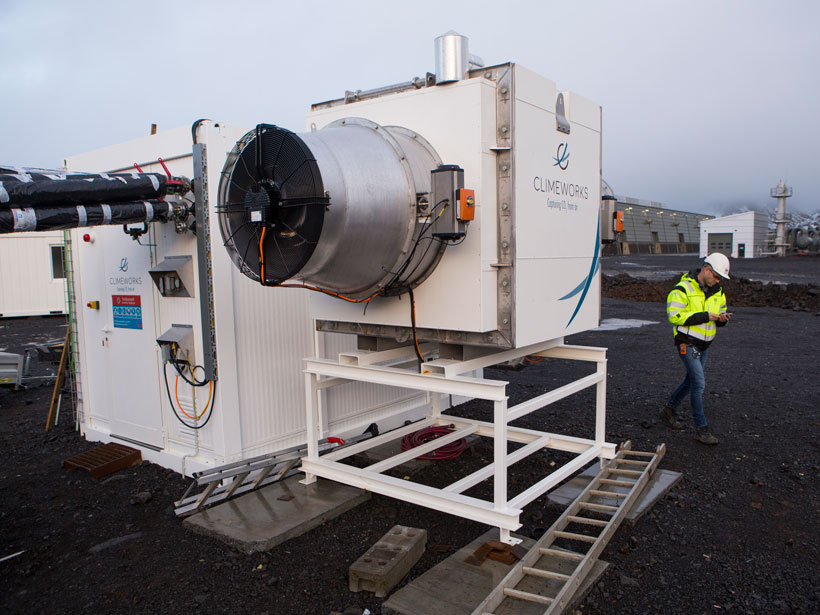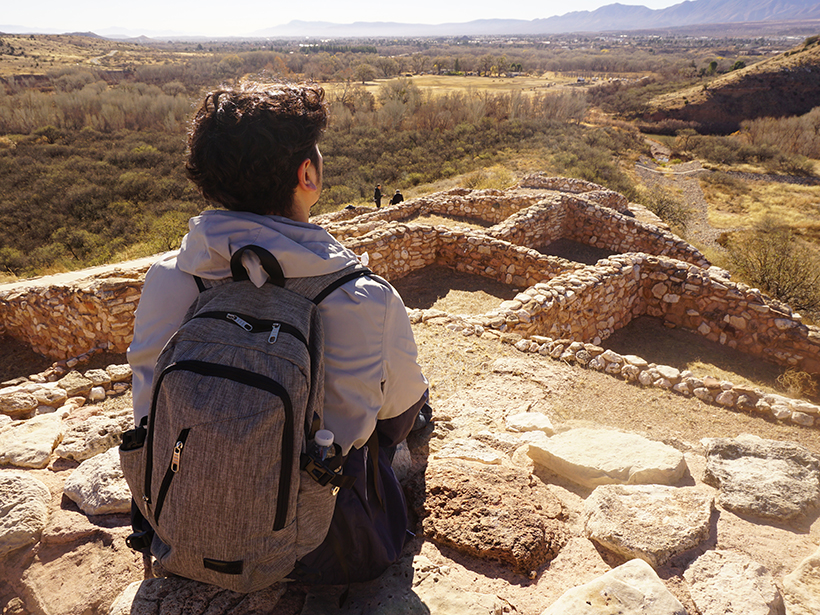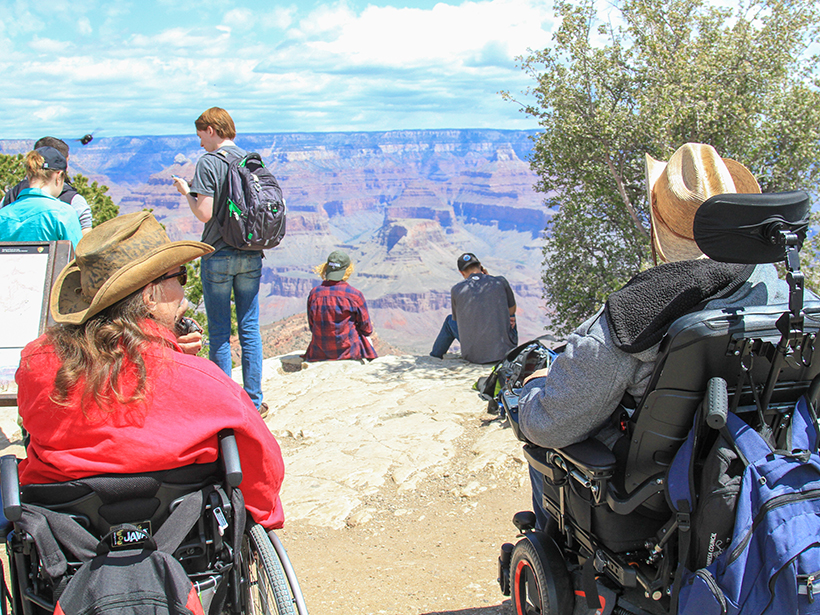As Europe’s premiere geoscience conference kicks off online, leading Earth and space societies restate their commitments in the face of the COVID-19 pandemic.
academia
What’s in a Seminar?
Graduate students at the University of Massachusetts Amherst redesigned their departmental seminar series to increase diversity, equity, and inclusion, and other institutions could do the same.
Highlighting the Path from Space Weather Science to Applications
The transition of space weather science from research to operations needs a framework with both good science and a good dialogue with end users.
Between Past and Future
The outgoing Editor in Chief of Paleoceanography and Paleoclimatology reflects on her tenure and changes in the journal over those years.
Body-Based Jargon Can Be Harassment When It Turns Sexual
Geology terms based on the human body are extremely common, but they can create a culture where sexualized language in the workplace, a type of harassment, is rampant.
Direct Air Capture Offers Some Promise in Reducing Emissions
The method offers potential in helping reduce carbon dioxide in the atmosphere but faces technological and economic hurdles.
Laying Proper Foundations for Diversity in the Geosciences
Diversity constructed on the tenets of justice and accountability will create a truly better community that creates truly better science.
Creating Spaces for Geoscientists with Disabilities to Thrive
Flexible fieldwork options and more thoughtful recruitment efforts will better open our community to the diverse talent it needs.
AGU Welcomes New Editors in Chief to Lead Six Prominent Journals
As leaders in their respective fields, this new cohort of Earth and space scientists will help ensure the continued success of AGU publications.
Improving Reproducibility in Earth Science Research
Earth scientists need software technology that better integrates legacy data with current and future processing capabilities so they can assess and reproduce their colleagues’ results.


